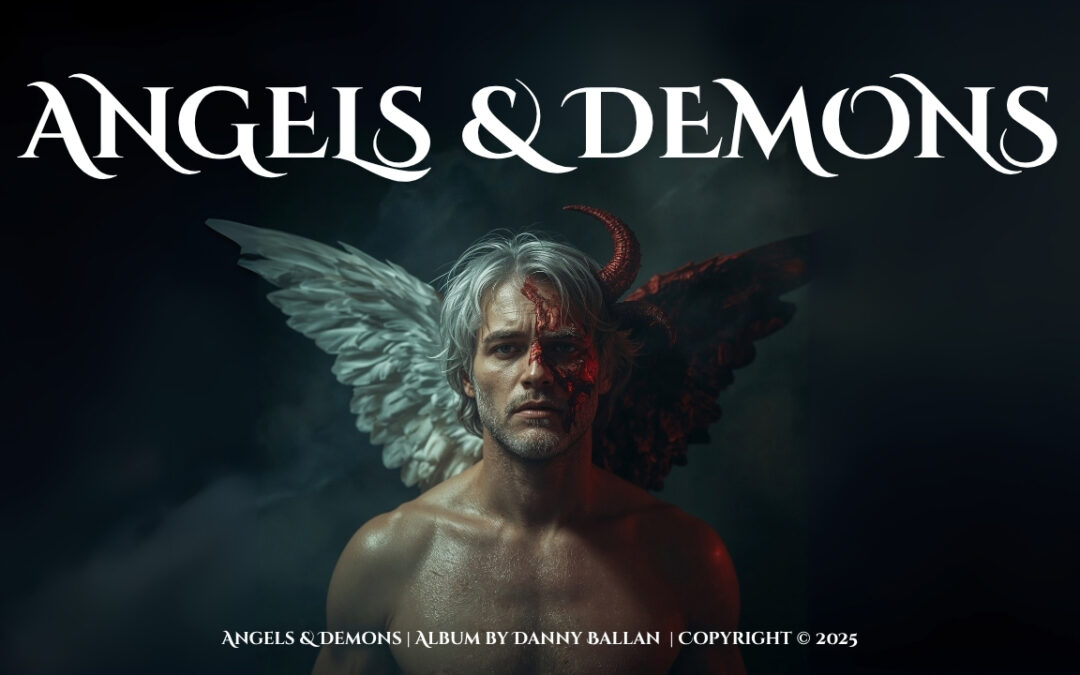- Audio Article
- Interactive Reading/Listening
- Introduction
- Understanding Point of View
- First Person Perspective
- Second Person Perspective
- Third Person Perspective
- Further Considerations
- Mastering POV: Writing Tips and Techniques
- POV as a Masterful Tool
- Keywords & Their Definitions
- Key Takeaways
- You May Still Be Wondering…
- How can shifting between different POVs within a single narrative be managed without confusing the reader?
- Can the second-person perspective be effectively used in genres other than interactive narratives?
- How can the issue of narrative distance be managed in the third-person perspective?
- Are there genres where the first-person perspective is less effective?
- How can the authenticity of a character’s voice be ensured in the first-person perspective?
- Common Misconceptions
- First-person narrators are always reliable.
- The second-person perspective is only for choose-your-own-adventure stories.
- The third-person omniscient POV knows everything.
- You should stick to one POV in a story.
- The POV doesn’t affect the story; it’s just a stylistic choice.
- Writing in the first person is easier because it’s like writing in your own voice.
- Article Video
Audio Article
Interactive Reading/Listening
Introduction
The art of storytelling in literature is much more than a linear arrangement of words. It is a complex weave of characters, plot, setting, and the crucial thread that holds it all together – the narrative point of view. The choice between first, second, and third-person perspectives significantly influences how a story unfolds and how it is received by readers. This article explores these perspectives in depth, providing insights into their use and the benefits each one brings to the narrative.
Understanding Point of View
Point of view (POV) is the lens through which a story is told. It determines who is telling the story, to whom, and from what perspective. This choice can significantly influence readers’ understanding of the narrative, as the POV can shape their perception of events and characters.
First Person Perspective

The first-person perspective is a narrative style where the story is told directly from the character’s viewpoint, typically identified by the use of ‘I’ or ‘we’. This perspective allows for an intimate, personal connection between the reader and the narrator. It offers readers a glimpse into the character’s emotions, thoughts, and motivations, immersing them in the character’s experiences.
Pros: The first-person perspective lends authenticity and immediacy to the narrative. It gives readers a front-row seat to the character’s emotions and internal conflicts, fostering empathy and connection. This perspective is ideal for character-driven stories, where the focus is on the character’s growth and evolution.
Cons: However, this perspective has its limitations. The narrative is confined to the narrator’s knowledge and perspective, which might limit the scope of the story. Also, the reliability of the narrator can be questionable, especially if their understanding of events or people is flawed or biased.
Second Person Perspective

The second-person perspective addresses the reader directly using ‘you’, thus making the reader the protagonist of the story. This POV is less common in literature due to its demanding nature but can be incredibly engaging when executed well.
Pros: The second-person perspective creates a unique, interactive experience for the reader. It compels the reader to step into the shoes of the protagonist, creating a deeply personal and immersive narrative. This perspective can be particularly effective in choose-your-own-adventure stories or narratives that aim to challenge or provoke the reader.
Cons: The second-person perspective can feel intrusive or awkward for some readers, as it assumes a level of participation that they might not be comfortable with. Additionally, this perspective can be challenging to sustain over a long narrative due to its unusual and demanding nature.
Third Person Perspective

The third-person perspective is perhaps the most common POV in literature. It uses ‘he’, ‘she’, ‘it’, or ‘they’ and allows the narrator to describe events and characters from an external vantage point.
There are two main types of third-person POV: omniscient and limited. In the omniscient POV, the narrator knows everything about all characters and events, enabling them to provide insights that the characters themselves might not have. In contrast, the third-person limited POV confines the narrative to one character’s perspective, providing a more focused but potentially biased view of events.
Pros: The third-person perspective offers flexibility. The omniscient POV allows the exploration of multiple characters and perspectives, providing a comprehensive view of the narrative. The limited POV, while still more detached than the first-person perspective, provides a balance between character insight and narrative scope.
Cons: Despite its advantages, the third-person perspective can create distance between the reader and the characters, making it harder for the reader to engage emotionally. Also, managing multiple perspectives in an omniscient POV can be complex, requiring careful attention to voice and character development to avoid confusion.
The narrative point of view is an integral component of storytelling, shaping the reader’s experience and interpretation of the narrative. Choosing between the first, second, and third person perspectives is not merely a stylistic decision but one that affects the heart of your story.
Further Considerations
When choosing a narrative POV, consider your story’s needs, your audience, and your strengths as a writer. If your story is character-driven, the first-person perspective might be beneficial. If you’re aiming for a more experimental or interactive narrative, the second-person perspective could be an exciting choice. And if you want to explore multiple characters or maintain a certain level of narrative distance, the third-person perspective might be ideal.
Remember, the chosen POV needs to serve your story. If the narrative feels strained or unnatural, don’t hesitate to explore other perspectives. Additionally, it is possible to combine different POVs in a single narrative for a more layered storytelling experience.
Mastering POV: Writing Tips and Techniques

- Consistency: Once you’ve chosen a POV, stay consistent. Switching POVs can confuse readers and disrupt the narrative flow.
- Authenticity: Ensure your character’s voice aligns with their personality, background, and situation. This is particularly crucial for the first and limited third-person perspectives.
- Show, Don’t Tell: This classic writing advice is essential for POV. Instead of telling readers what to think or feel, show them through the characters’ actions, thoughts, and experiences.
- Practice: Experiment with different POVs to understand their nuances. Write the same scene from various perspectives to see how it changes the narrative.
- Reader Engagement: Always consider the reader’s experience. The chosen POV should enhance the story, not distract or confuse.
- Consider the Genre: Certain genres have preferred POVs. For example, mystery novels often use the first or limited third-person perspectives to maintain suspense, while epic fantasies frequently use the omniscient third-person perspective to handle multiple plotlines and characters.
POV as a Masterful Tool
In essence, mastering the point of view is about understanding its power and potential in shaping your narrative. It’s about finding the sweet spot where the story’s needs, your strengths as a writer, and the reader’s experience intersect. Whether you choose the intimacy of the first-person perspective, the unconventional engagement of the second-person, or the flexible scope of the third-person, remember that POV is more than a storytelling tool. It’s the bridge that connects the reader to your narrative world, transforming ink and paper into experiences and emotions.
Every point of view has its strengths and challenges, its unique way of engaging readers and shaping narratives. As you navigate your literary journey, you’ll discover that the art of choosing the right POV isn’t just about following rules or tips. It’s about listening to your story, understanding its heartbeat, and finding the narrative voice that can best bring it to life. It’s about mastering one of the most potent tools in your writing arsenal and using it to craft narratives that resonate, engage, and, ultimately, endure.
Keywords & Their Definitions
- Point of View (POV): The perspective from which a story is narrated.
- First-Person Perspective: A narrative style where the story is told directly from the character’s viewpoint, typically using ‘I’ or ‘we’.
- Second-Person Perspective: A narrative style that directly addresses the reader as ‘you’, making the reader the protagonist of the story.
- Third-Person Perspective: A narrative style that describes events and characters from an external viewpoint, typically using ‘he’, ‘she’, ‘it’, or ‘they’.
- Omniscient POV: A type of third-person perspective where the narrator has an all-knowing viewpoint.
- Limited POV: A narrative perspective (usually third-person) confined to one character’s viewpoint.
- Narrative Distance: The emotional distance between the reader and the characters, influenced by the chosen POV.
- Consistency: Maintaining the same POV throughout a narrative to avoid confusing readers.
- Authenticity: Ensuring a character’s voice aligns with their personality, background, and situation.
- Show, Don’t Tell: A writing technique where the writer uses actions, thoughts, and experiences to convey emotion and character, rather than explicitly telling the reader.
Key Takeaways
- Choosing between first, second, and third-person perspectives is an important decision that affects the narrative’s tone, character development, and reader engagement.
- Each perspective has its pros and cons, and the choice should be based on the story’s needs, the intended audience, and the writer’s strengths.
- Consistency and authenticity are crucial when maintaining a POV.
- The ‘Show, Don’t Tell’ technique is vital for effective POV writing.
- Experimenting with different POVs can enhance a writer’s understanding of their nuances and potential impacts on the narrative.
You May Still Be Wondering…
How can shifting between different POVs within a single narrative be managed without confusing the reader?
This can be achieved by clearly marking the shifts, either through chapter breaks, clear narrative cues, or distinct character voices. It requires careful planning and execution to maintain clarity and coherence.
Can the second-person perspective be effectively used in genres other than interactive narratives?
Yes, although less common, the second-person perspective can be used effectively in other genres to create a unique, immersive experience. For instance, it can be used in literary fiction to challenge conventional narrative structures.
How can the issue of narrative distance be managed in the third-person perspective?
This can be managed by carefully balancing objective description with insights into the characters’ internal thoughts and emotions. Using a limited third-person perspective can also help reduce narrative distance.
Are there genres where the first-person perspective is less effective?
The first-person perspective might be less effective in genres that require a broad view of events or multiple perspectives, such as epic fantasy or certain types of historical fiction.
How can the authenticity of a character’s voice be ensured in the first-person perspective?
This can be achieved by developing a deep understanding of the character’s personality, background, and motivations, and ensuring these align with their narrative voice. Consistency in voice is also crucial.
Common Misconceptions
First-person narrators are always reliable.
Reality: Just because a story is told from the first-person perspective doesn’t mean the narrator is reliable. In fact, the concept of the unreliable narrator, who presents events in a skewed or deceptive manner, is a well-established literary device. The first-person perspective offers a subjective view of the world, which can be influenced by the narrator’s emotions, biases, or lack of knowledge.
The second-person perspective is only for choose-your-own-adventure stories.
Reality: While the second-person perspective is common in interactive narratives, it can be used effectively in other types of stories as well. For example, it can create a unique, immersive experience in literary fiction or be used to directly address and challenge the reader.
The third-person omniscient POV knows everything.
Reality: While the third-person omniscient POV allows the narrator to know more than the characters, it doesn’t mean they know everything. The narrator can still withhold information for the sake of suspense or reveal it gradually for narrative pacing.
You should stick to one POV in a story.
Reality: While consistency in POV is crucial for clarity and coherence, it’s possible to use multiple POVs in a single narrative. This can provide different perspectives on events and create a more layered narrative. The key is to manage the shifts carefully to avoid confusing the reader.
The POV doesn’t affect the story; it’s just a stylistic choice.
Reality: The choice of POV significantly influences how a story is perceived and interpreted. It affects the reader’s connection with the characters, their understanding of events, and their overall engagement with the narrative. The POV isn’t just a stylistic choice; it’s a crucial storytelling tool.
Writing in the first person is easier because it’s like writing in your own voice.
Reality: Writing in the first person can be just as challenging, if not more so, than other perspectives. The character’s voice needs to be consistent and authentic, and the narrative is confined to their knowledge and perspective. The writer needs to convincingly portray the character’s emotions, thoughts, and experiences, which requires a deep understanding of the character. These misconceptions underscore the complexity and importance of the narrative point of view in storytelling. Understanding these misconceptions can help writers make more informed choices about the POV in their own writing and appreciate its potential in shaping narratives.










0 Comments